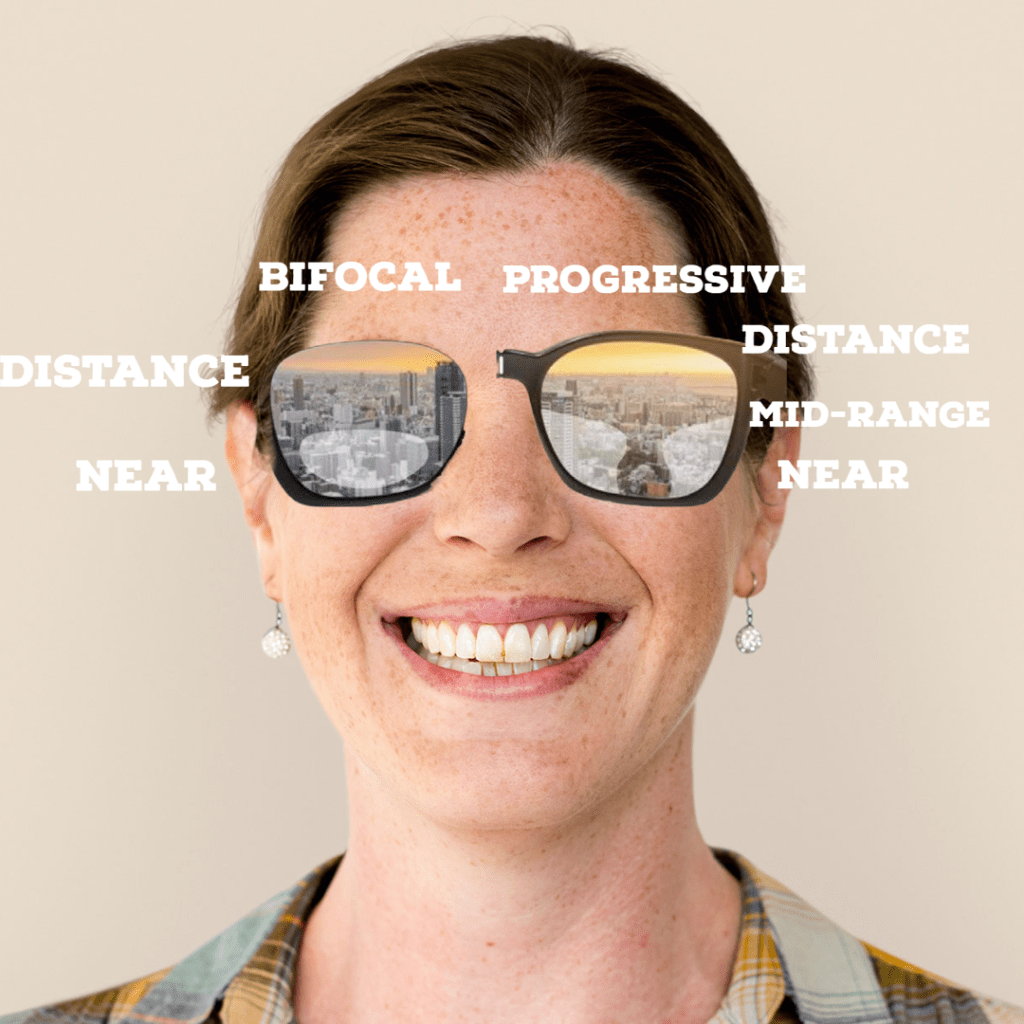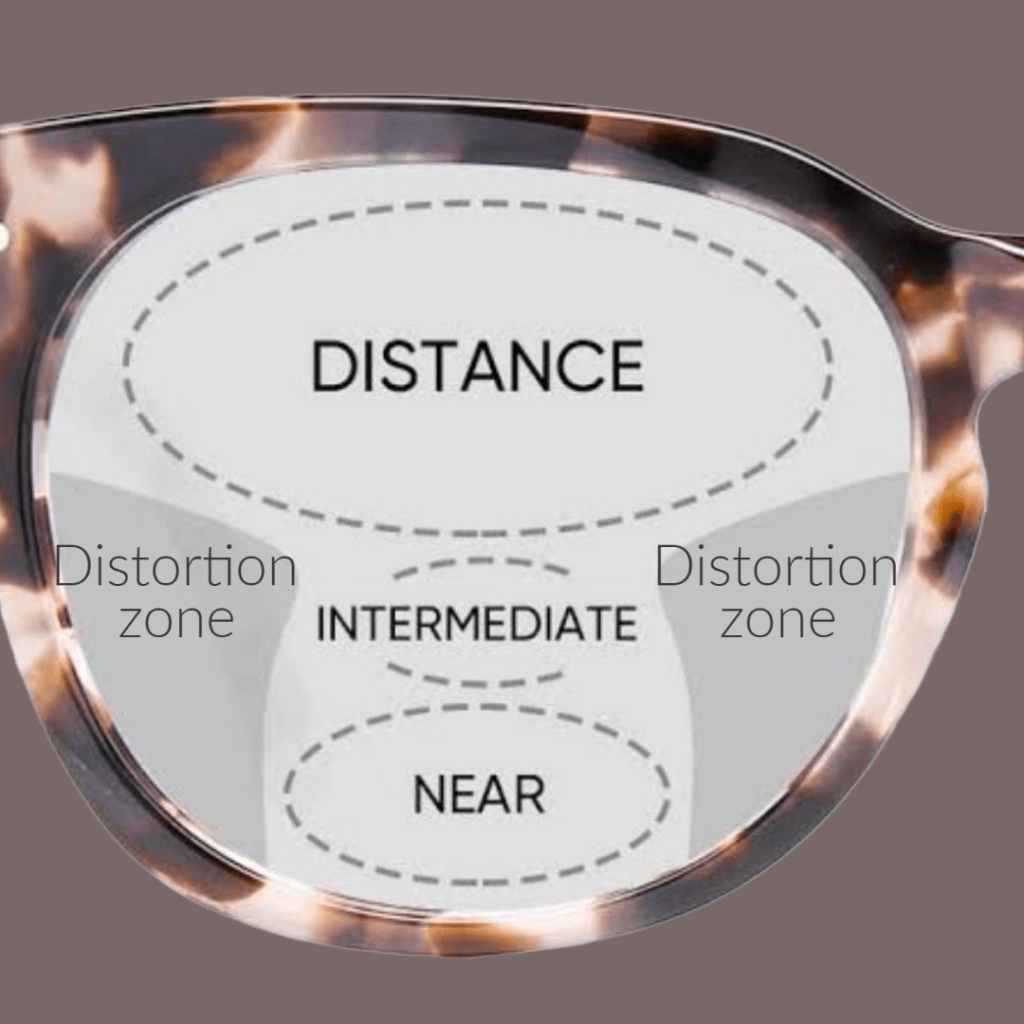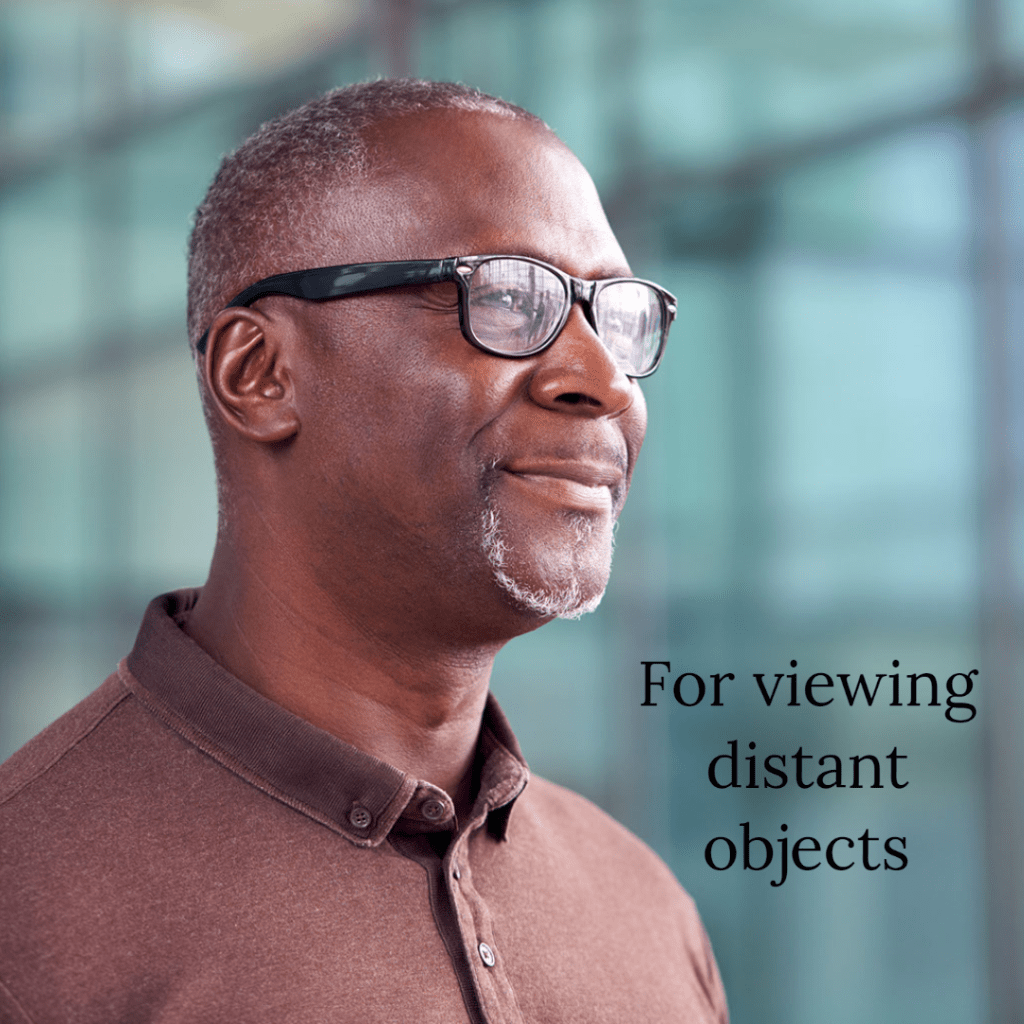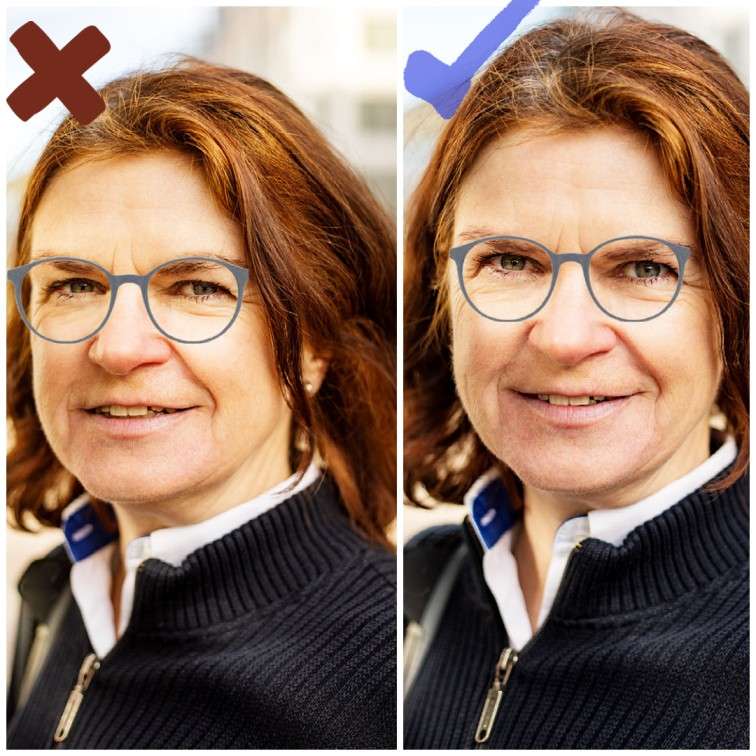WHAT IS PRESBYOPIA?
Presbyopia is the medical term for the gradual loss of focusing power that occurs with aging. This is caused by either a decrease in the elasticity of the lens or a weakening of the ciliary muscles.
It is a natural part of the aging process, and usually becomes noticeable in the early to mid 40s. Most people in that age group need reading glasses to see small print.

Eye strain and headaches may both be related symptoms. Individuals will experience problems of varying degrees of severity.
PRESBYOPIA CORRECTION
Presbyopia is frequently treated with optical correction because it is non-invasive, simple, and affordable. Presbyopes can achieve adequate distance and close-up vision without the risks of surgery with the aid of bifocal glasses, multifocal progressive addition lenses, monofocal, or bifocal contact lenses.
Surgical options become available as a result of the current focus on a permanent and aesthetically pleasing solution. You can read about the surgical correction for presbyopia here.
SPECTACLES:
SINGLE VISION LENSES:
With single-vision or reading glasses, patients can read comfortably up close but will need separate glasses if they also have a refractive error for distance.
The effects of wearing traditional single-vision lenses (SVL) versus progressive addition lenses (PAL) in adult computer users were examined in a study on pre-presbyopes.
The study concluded by stating that most pre-presbyopic adults experienced an increase in working distance and a favorable refractive shift when switching from SVL to PAL.
BIFOCALS

In this category of lenses, there are two zones. In the top half, they offer correction for distance, and in the bottom, for near. The wearer can see a line between the top and bottom segments, which is the main drawback because it causes an image jump.
PROGRESSIVE LENSES
Progressive lenses are multi-focal lenses with distance, intermediate, and close-up viewing zones.

In a typical progressive lens, the primary viewing area is for distance, with a smaller size area for near vision at the bottom of the lens and an even smaller area for intermediate vision in the middle.
The “corridor” in the middle of the lens is where there is a clear viewing area. Three zones are blended together using a cylinder, which causes distortion zones on the side through which viewing is not recommended.
HOW TO GET ACCUSTOMED TO PROGRESSIVE LENSES
The following advice will help you get the most out of your progressive lenses as soon as possible.
1. COMFORT:
Purchase glasses that are comfortable to wear. The nose pads should snugly fit on your nose bridge. It shouldn’t move that much because doing so could lead to distortions leading to non-compliance.

Meeting a professional who can assist you in choosing the appropriate glasses is always a good idea.
2. proper frame:
The size of the frame should be able to accommodate all three prescription lenses with ease. Some frames, like cat eye frames, cut off the bottom portion, impairing the ability to see nearby objects. Also, avoid any frame that sits low on the nose of the bridge as it will be difficult to use the reading portion.
The best frames fit comfortably and have space above and below the pupil. The top to bottom distance must be at least 30 mm.
3. Wear your glasses more often:
During the first few days, one should increase the amount of time they spend wearing glasses. Wearing glasses for a longer period helps the user’s brain adjust to the new pair of glasses faster.
Also avoid going back to your old pair of glasses. The period of adaptation will be prolonged if you frequently change your glasses.
4. Proper use:
For distant viewing: Use the top part of the glasses and keep your head straight when viewing objects in the distance.

For computer viewing: Keep your computer screen just below eye level. Move your eyes down just a little while keeping your head straight to use the central portion for intermediate viewing.

For near viewing: Lift your head and lower your eyes to use the lower part of the glasses for close-up viewing.

For side viewing: Avoid looking sideways to see things because this will put you in the distortion zone; instead, turn your head in that direction while keeping your eyes centered.

5. Be patient:
People typically acclimate to progressive lenses in 1-2 weeks. Those who experience brightness, halos, discomfort, and blurred vision may need some time to adjust. However, after using the product for two to three weeks, the symptoms typically go away. Contact your eye care specialist right away if you experience any signs of eye strain or non-adjustment.
